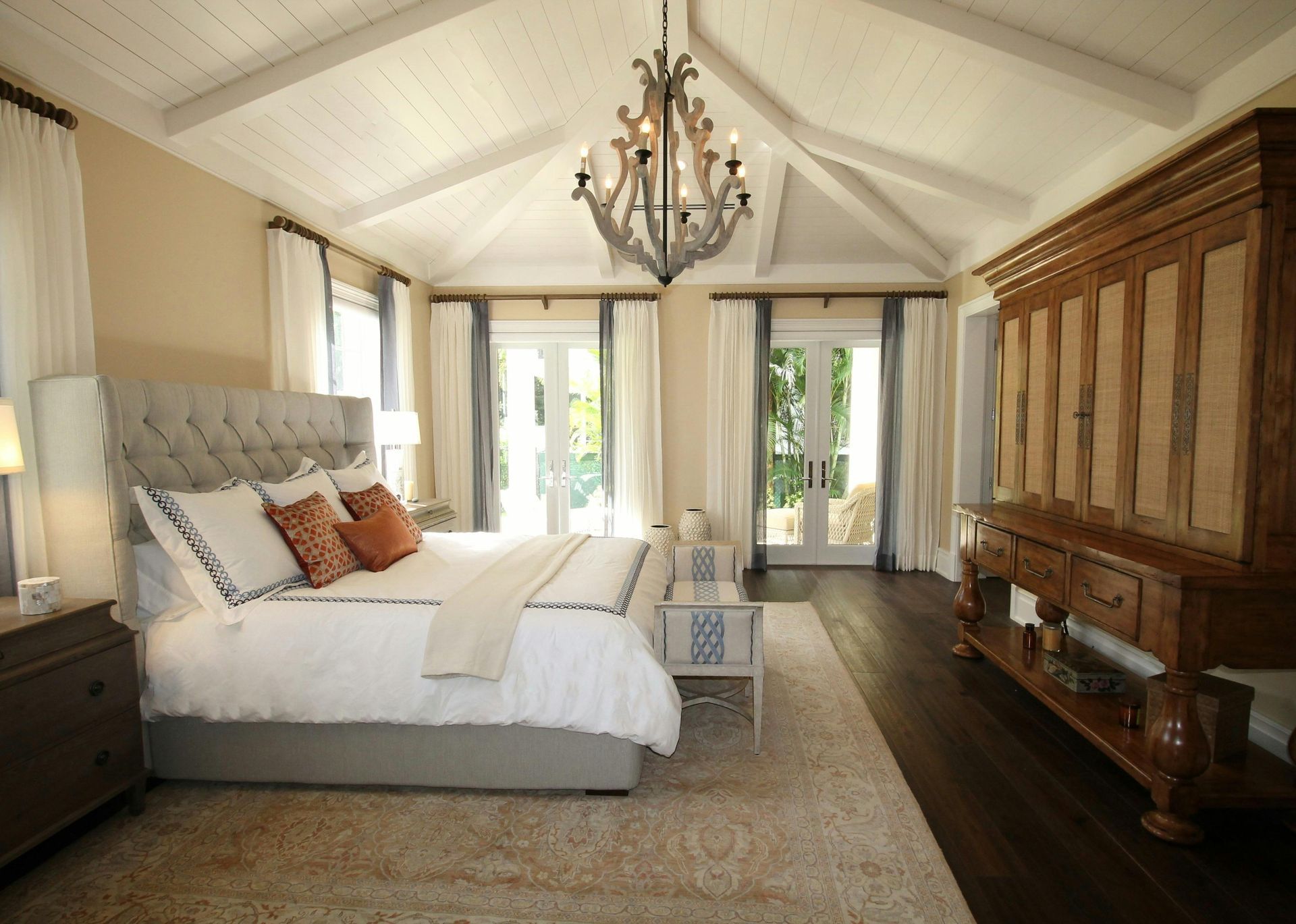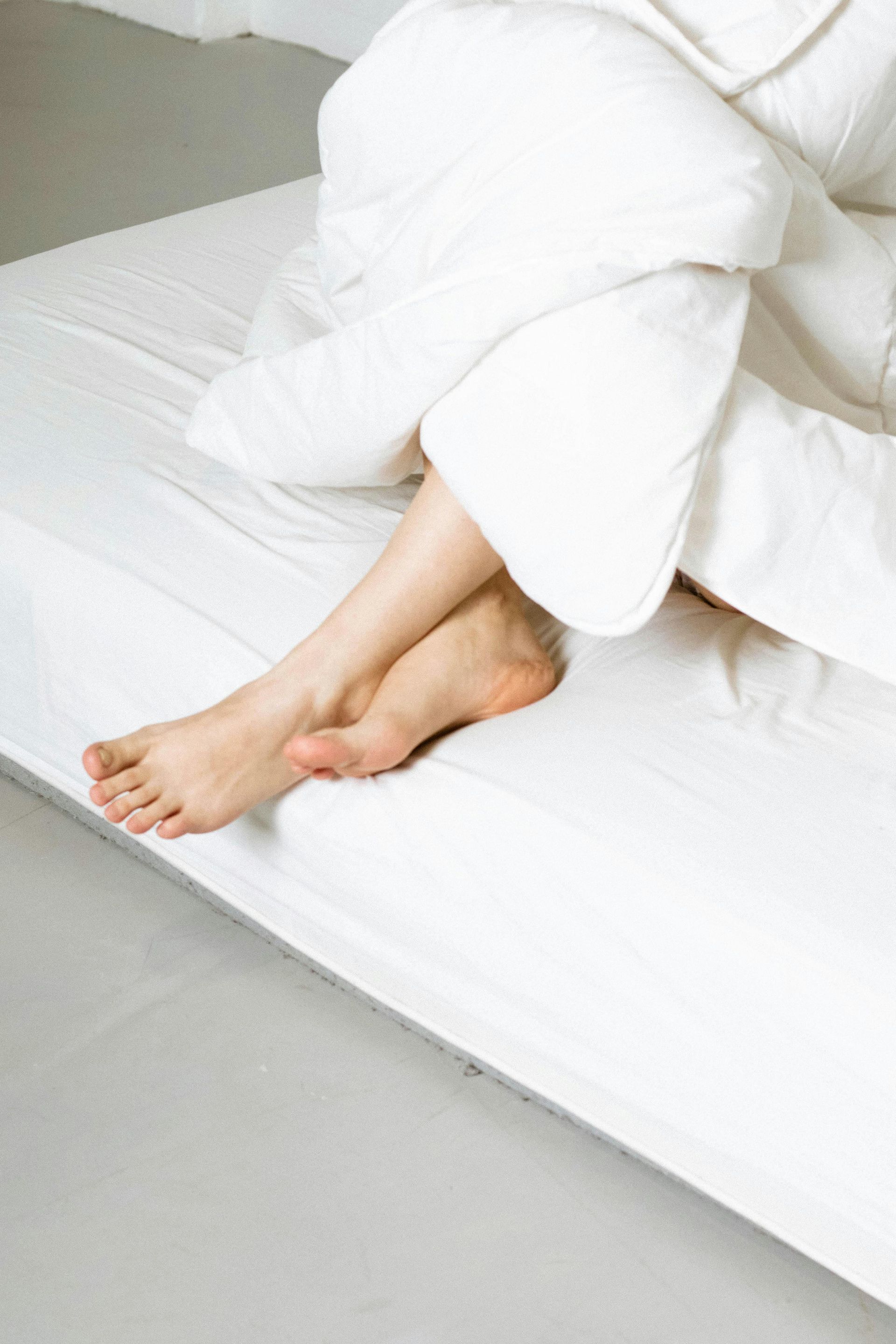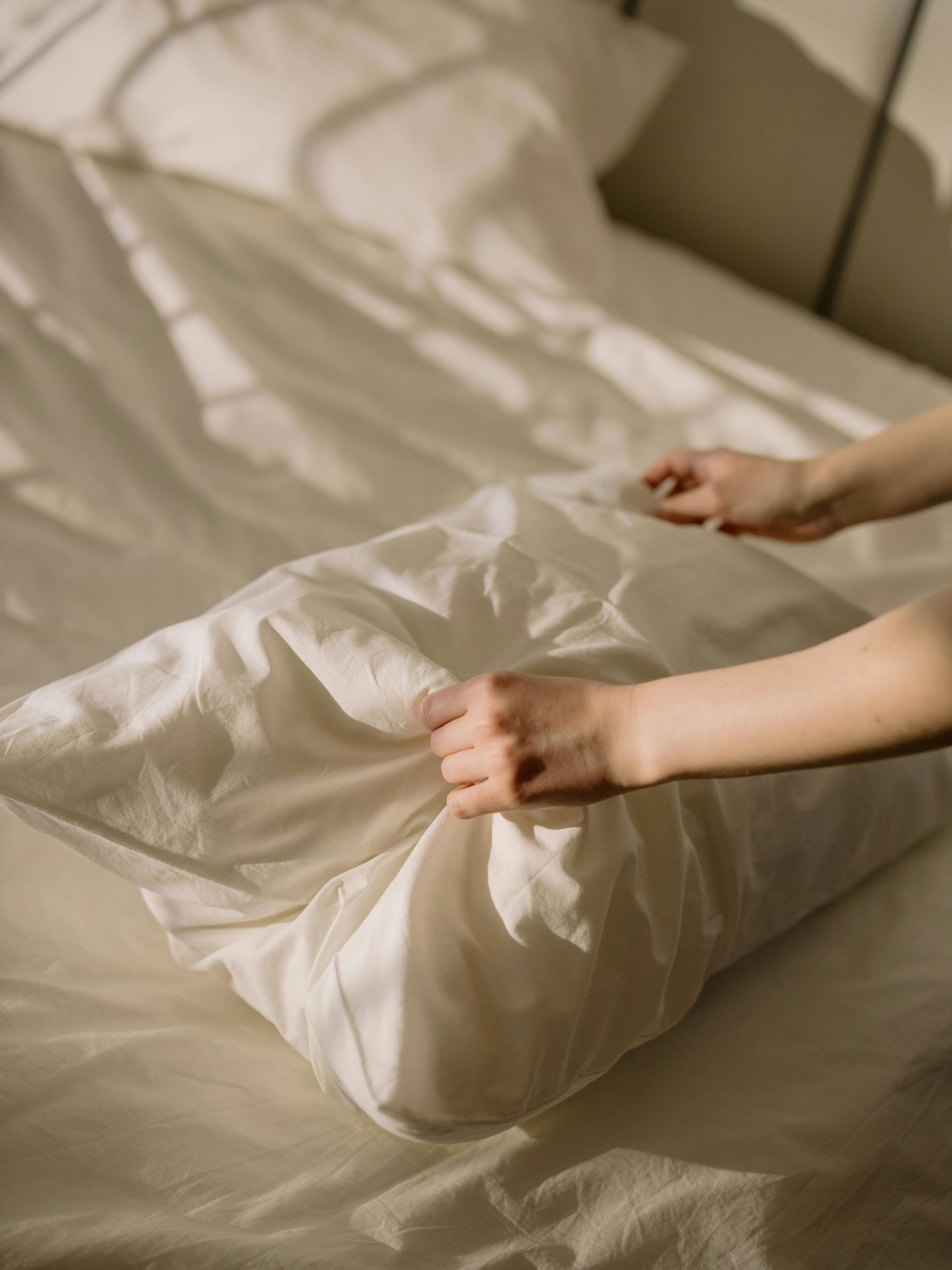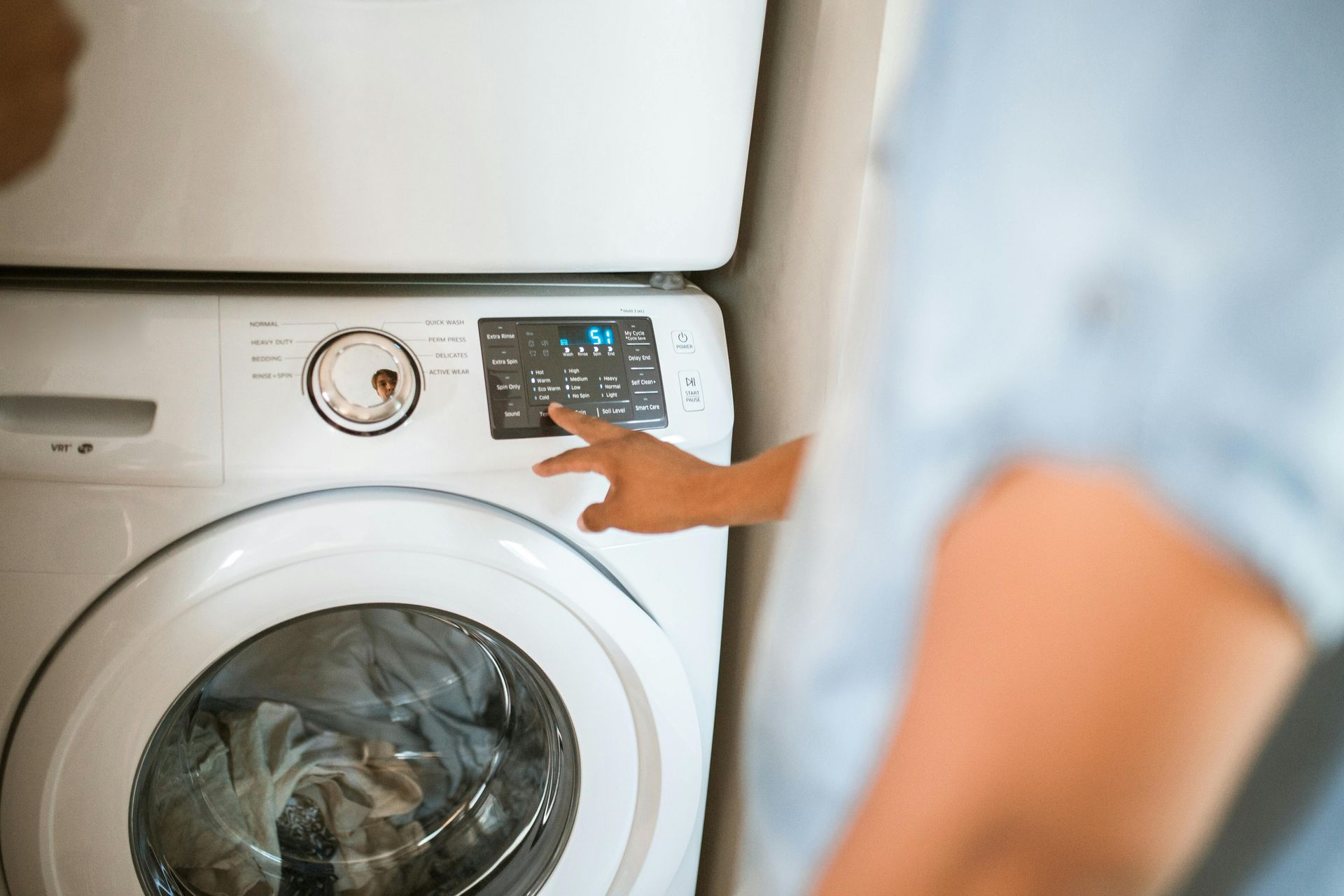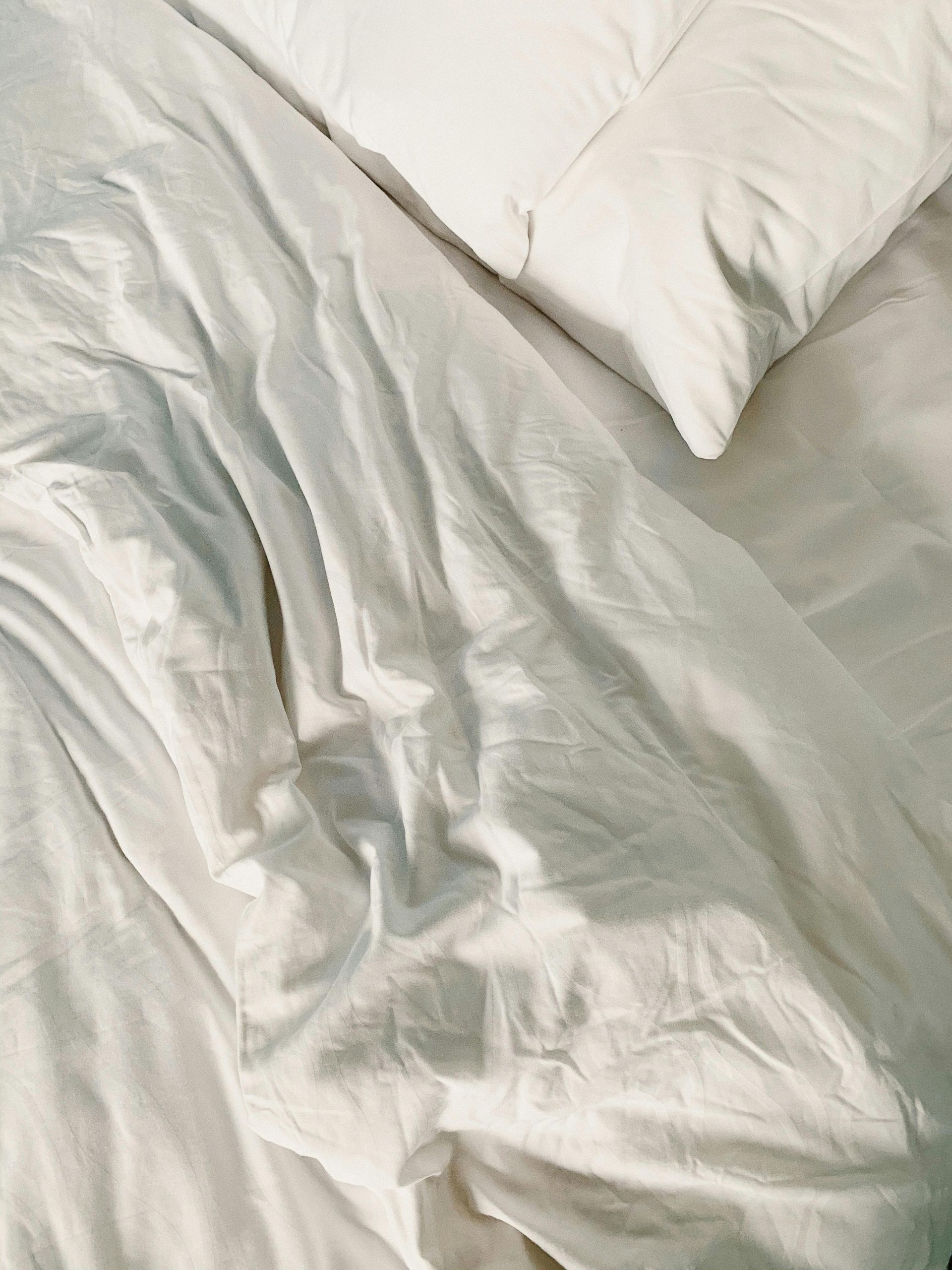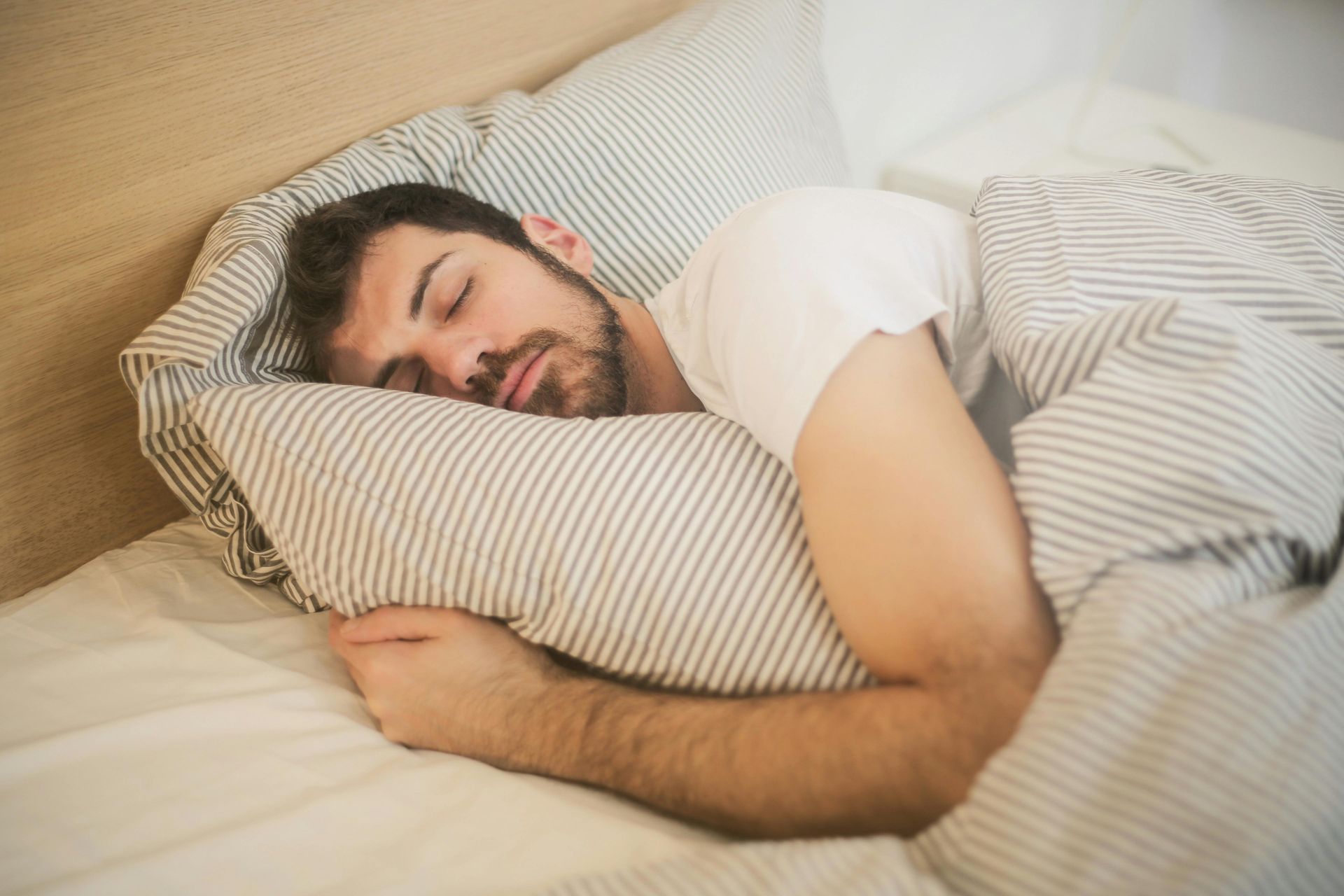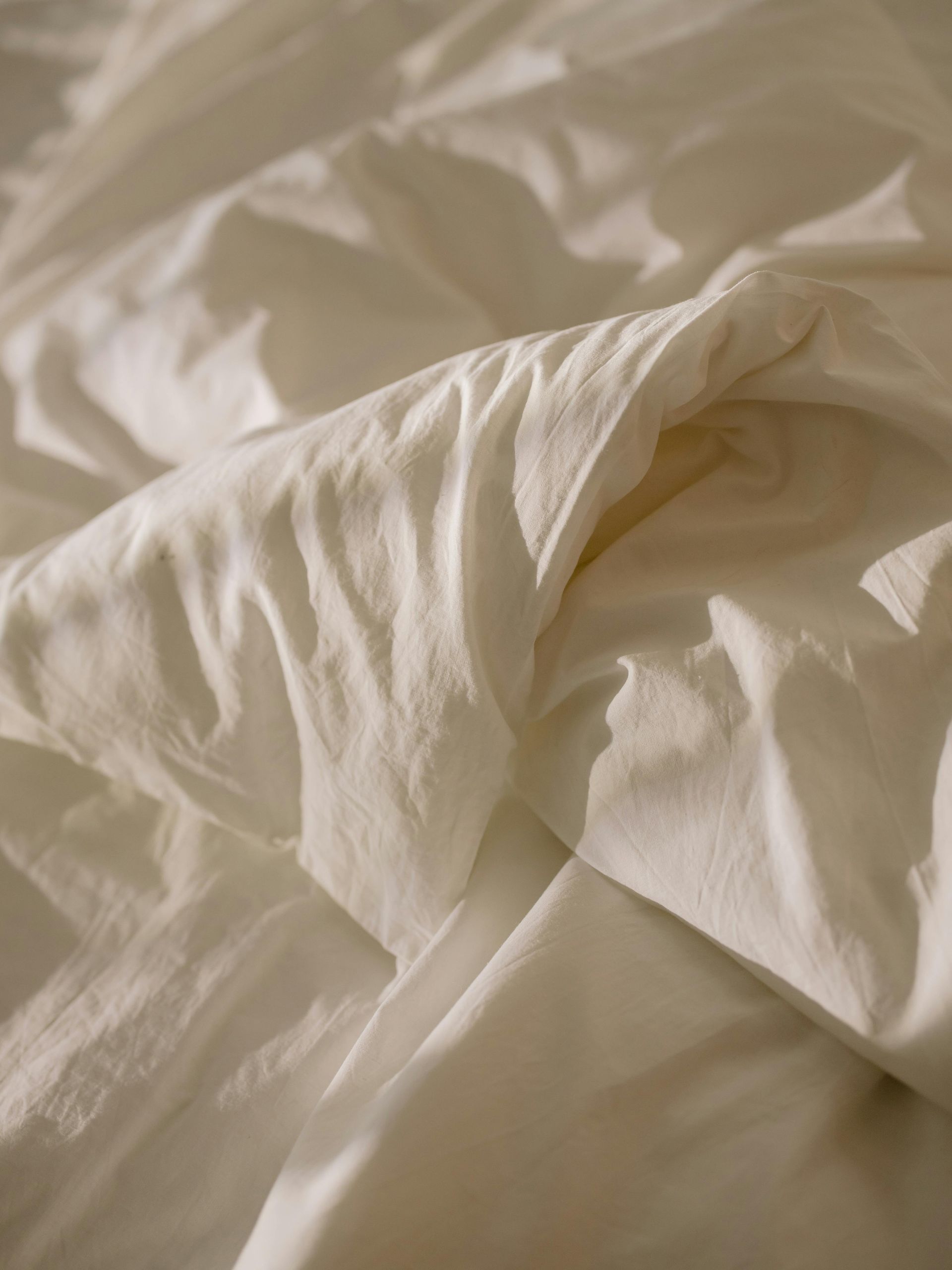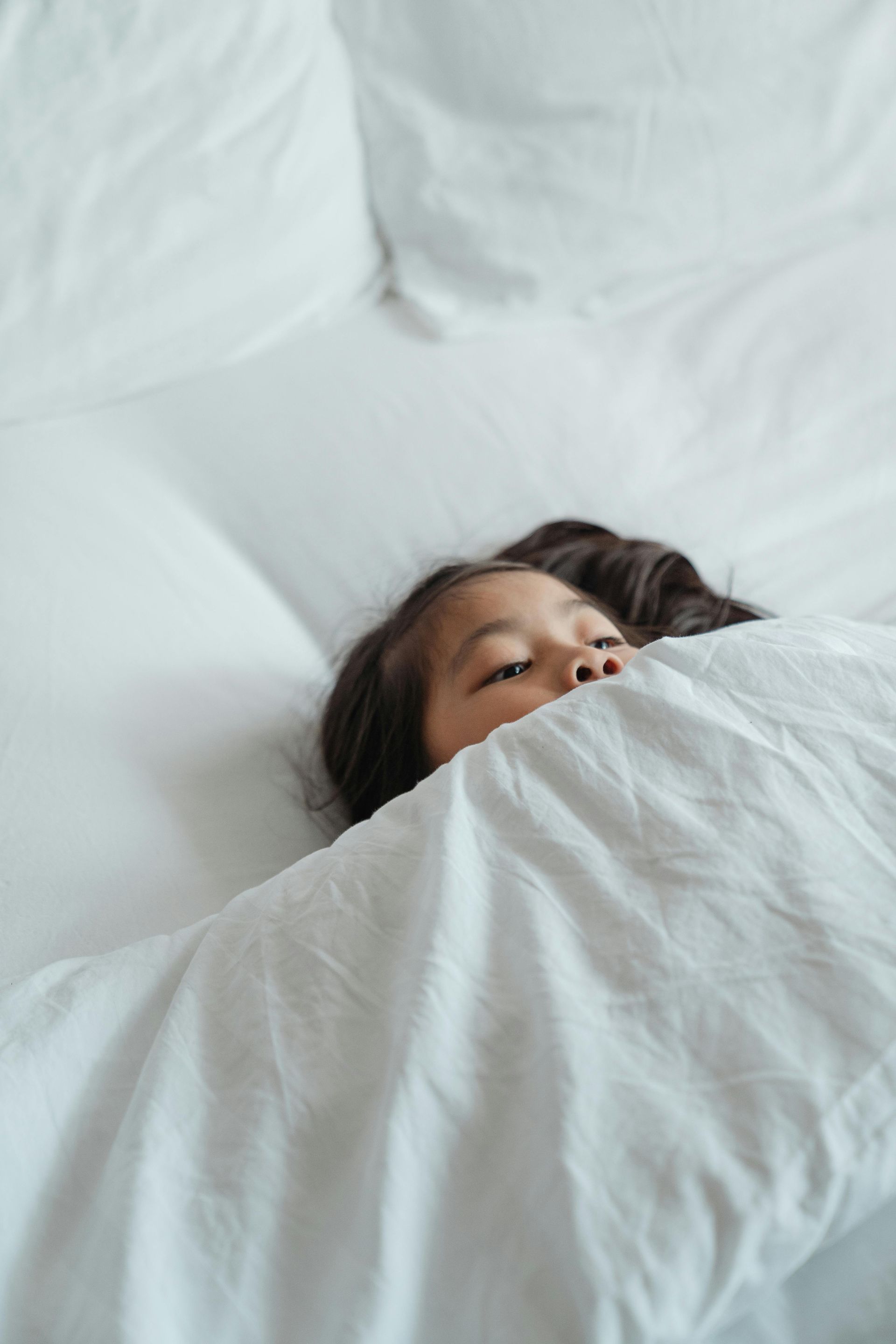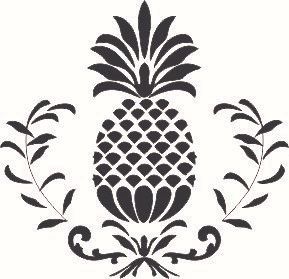What is the Difference Between 100% Cotton and Cotton Percale?
What is the Difference Between 100% Cotton and Cotton Percale?
When shopping for bed sheets, you'll often encounter terms like "100% cotton" and "cotton percale" that can be confusing. Let me clarify these differences and answer common questions about these fabrics to help you make the best choice for your bedding needs.
Is Cotton Percale the Same as 100% Cotton?
This is where much of the confusion begins. Cotton percale is not a type of cotton but rather a specific weaving technique. Both terms describe different aspects of the fabric:
- 100% cotton refers to the material composition, indicating that the fabric is made entirely of cotton fibers without synthetic blends.
- Cotton percale refers to a particular weave pattern where one thread goes over and one under in a simple criss-cross pattern, creating a matte finish and crisp feel.
So, a sheet can be both 100% cotton (material) and percale (weave). Think of it like this: 100% cotton tells you what the sheet is made of, while percale tells you how it's constructed.
Are Percale Sheets Better Than 100% Cotton?
Since percale sheets can also be 100% cotton, this question is actually comparing a percale weave to other cotton weaves, particularly sateen. Whether percale is "better" depends on your preferences:
Percale advantages:
- Cooler and more breathable
- Crisp, hotel-like feel
- Becomes softer with each wash while maintaining structure
- Typically more durable over time
The best choice depends on your sleep preferences—percale is ideal for hot sleepers who prefer a crisp, cool feel.
What Are the Disadvantages of Percale Sheets?
Despite their popularity, percale sheets have some drawbacks:
- Wrinkle prone - They tend to wrinkle easily and may require ironing for a pristine look
- Initial stiffness - New percale sheets often feel stiff until broken in through several washes
- Less warmth - May feel too cool in winter months
- Less sheen - If you prefer a silky, lustrous look, percale's matte finish might disappoint
Do Luxury Hotels Use Percale or Sateen?
Most luxury hotels choose percale sheets for several reasons:
- The crisp, cool feel provides a "fresh bed" sensation guests associate with luxury
- Greater durability withstands frequent washing and use
- The breathable nature accommodates varying guest temperature preferences
- The matte finish appears clean and professional
While some hotels may use sateen for winter months or in colder climates, percale is generally the hotel industry standard for premium accommodations.
What is a Good Thread Count for Cotton Percale?
Thread count refers to the number of threads woven into one square inch of fabric. For percale sheets:
- 200-300 thread count is typically ideal for percale
- 400-500 thread count can offer a more luxurious percale experience
Contrary to popular belief, extremely high thread counts (600+) don't necessarily mean better quality with percale. The simple weave pattern works best in the moderate range, where breathability is maintained while still offering durability and softness.
Which Wrinkles More: Percale or Sateen?
Percale definitely wrinkles more than sateen. This is due to fundamental differences in their construction:
- Percale's one-over-one-under weave creates a crisper fabric that's more prone to developing and holding creases
- Sateen's four-over-one-under weave creates a smoother surface that naturally resists wrinkles
If wrinkle resistance is a priority for you, sateen might be the better choice—unless you enjoy ironing or don't mind the slightly rumpled, lived-in look that percale develops.
Making Your Choice
When deciding between different cotton sheets, consider your priorities:
- For breathability and coolness: Choose percale
- For wrinkle resistance and warmth: Choose sateen
- For durability and that classic hotel feel: Choose percale
- For silky smoothness and a subtle sheen: Choose sateen
Remember that both high-quality percale and sateen sheets can be made from 100% cotton—the difference lies in how that cotton is woven into fabric that meets your personal comfort preferences.
